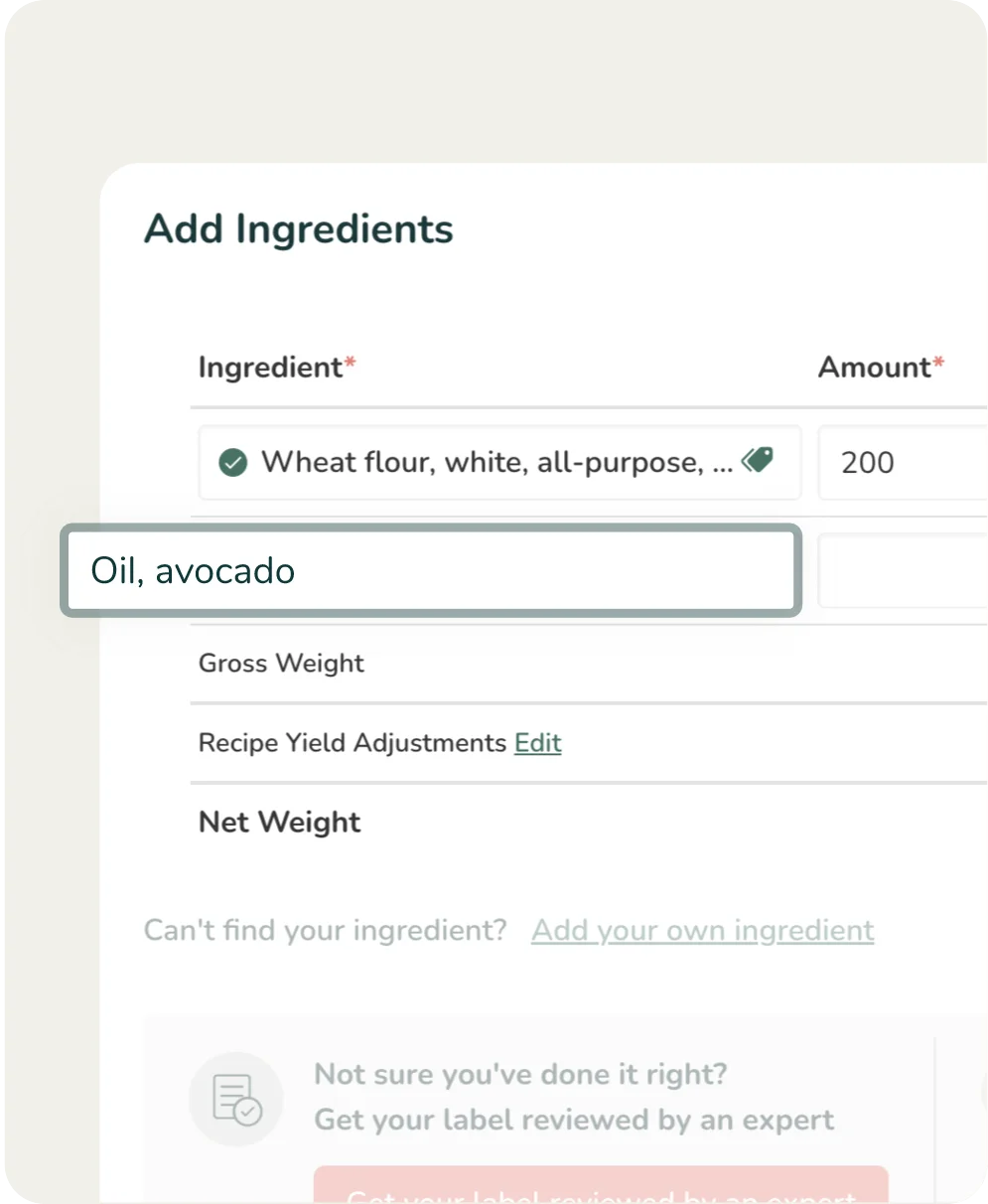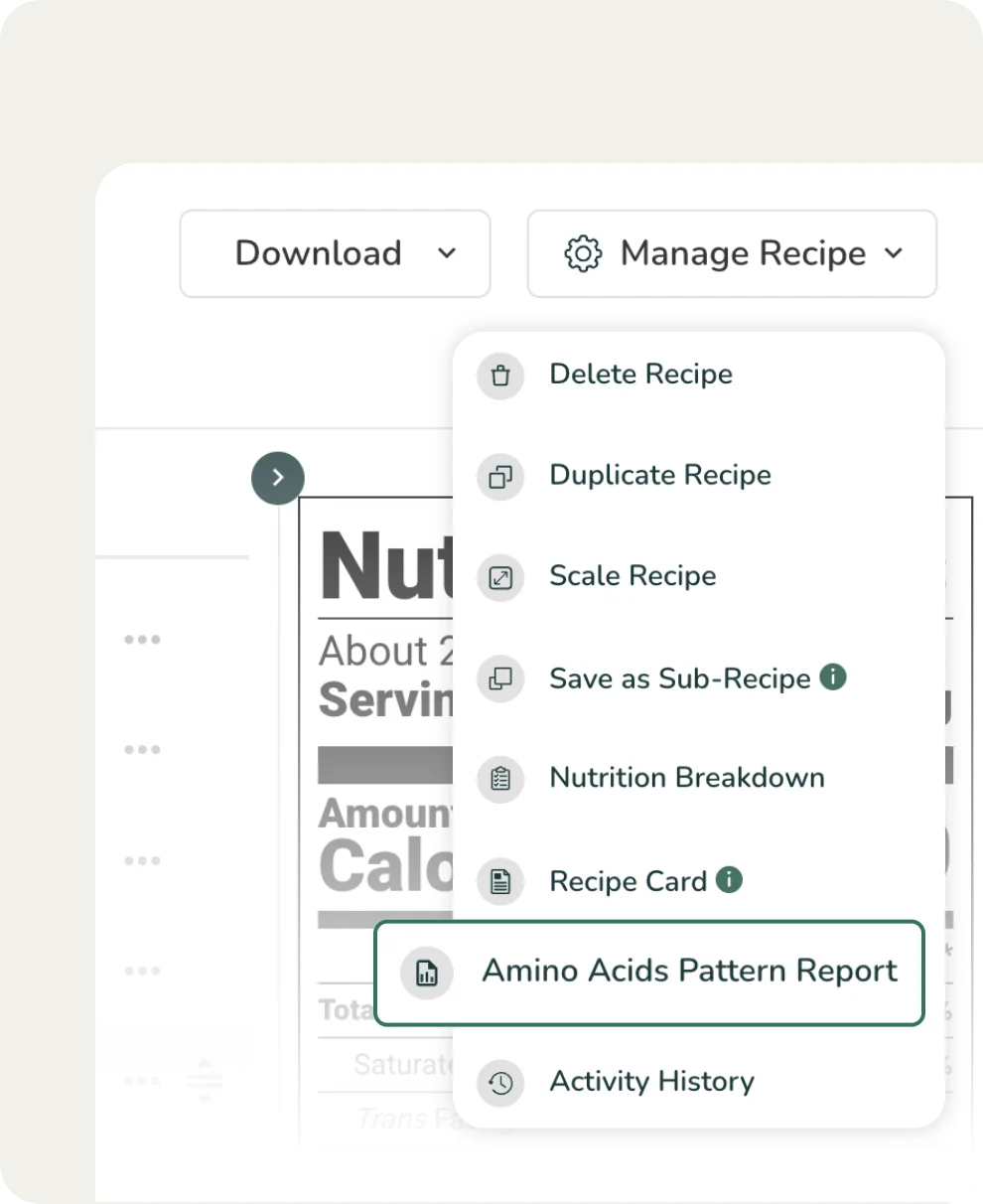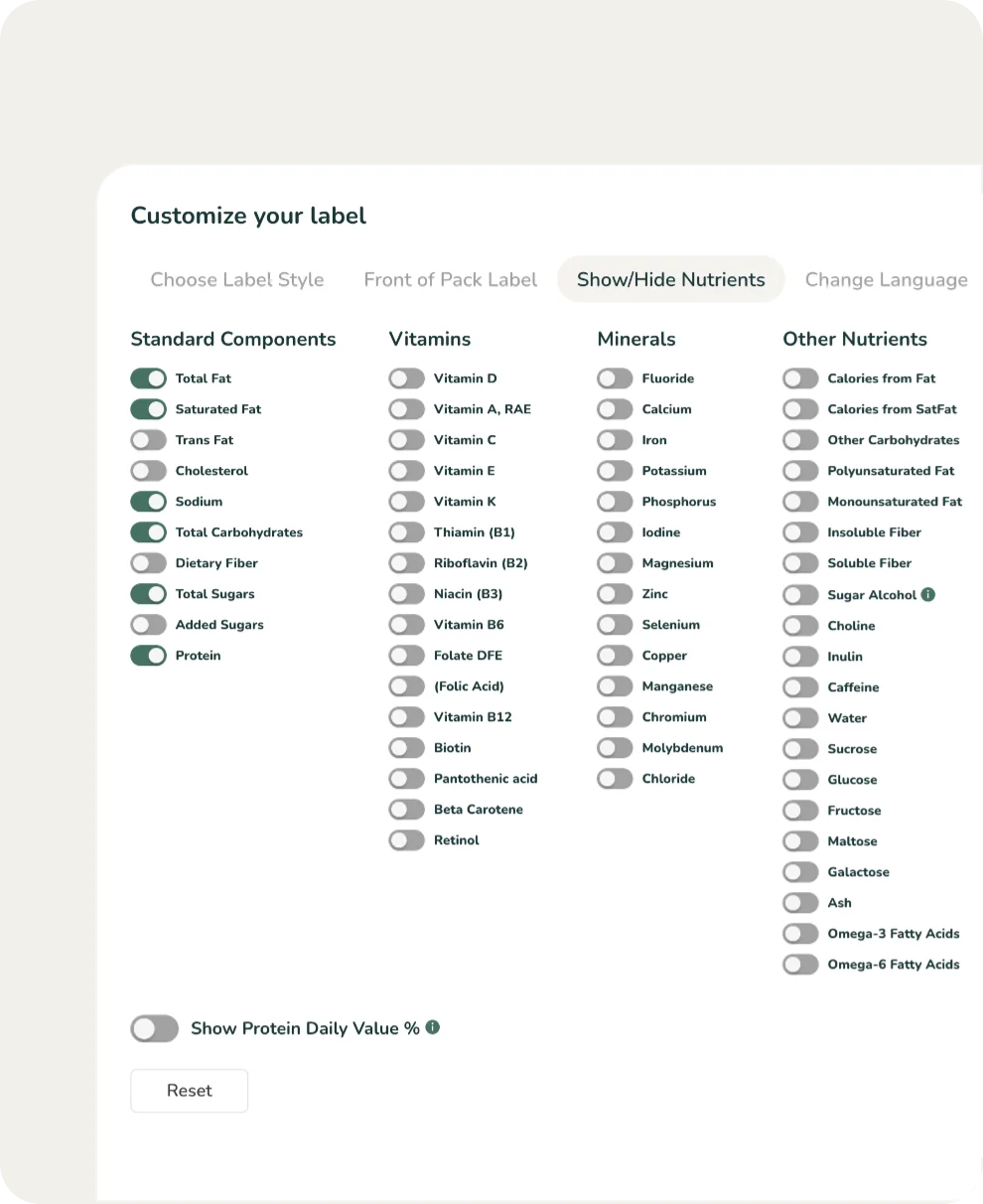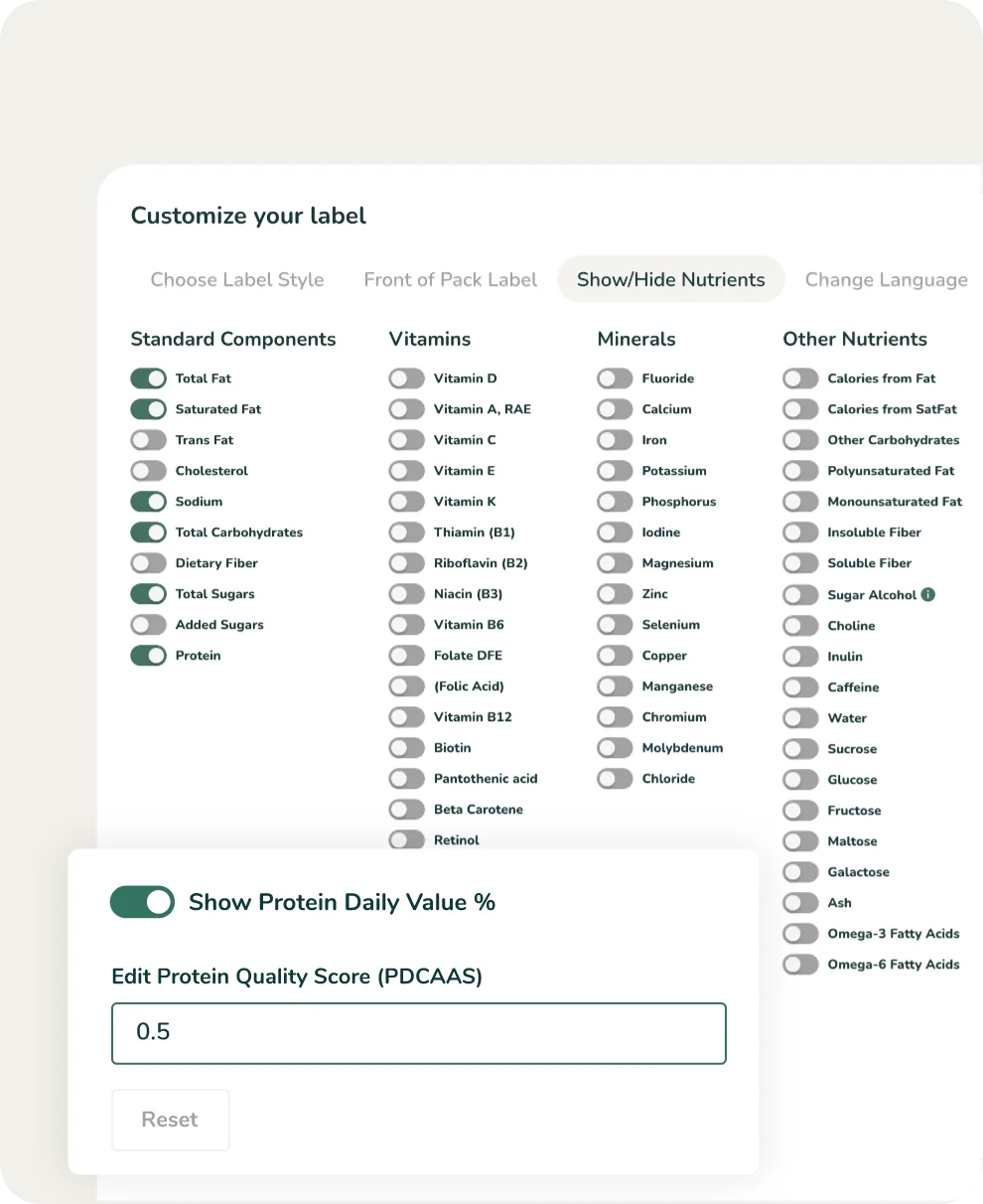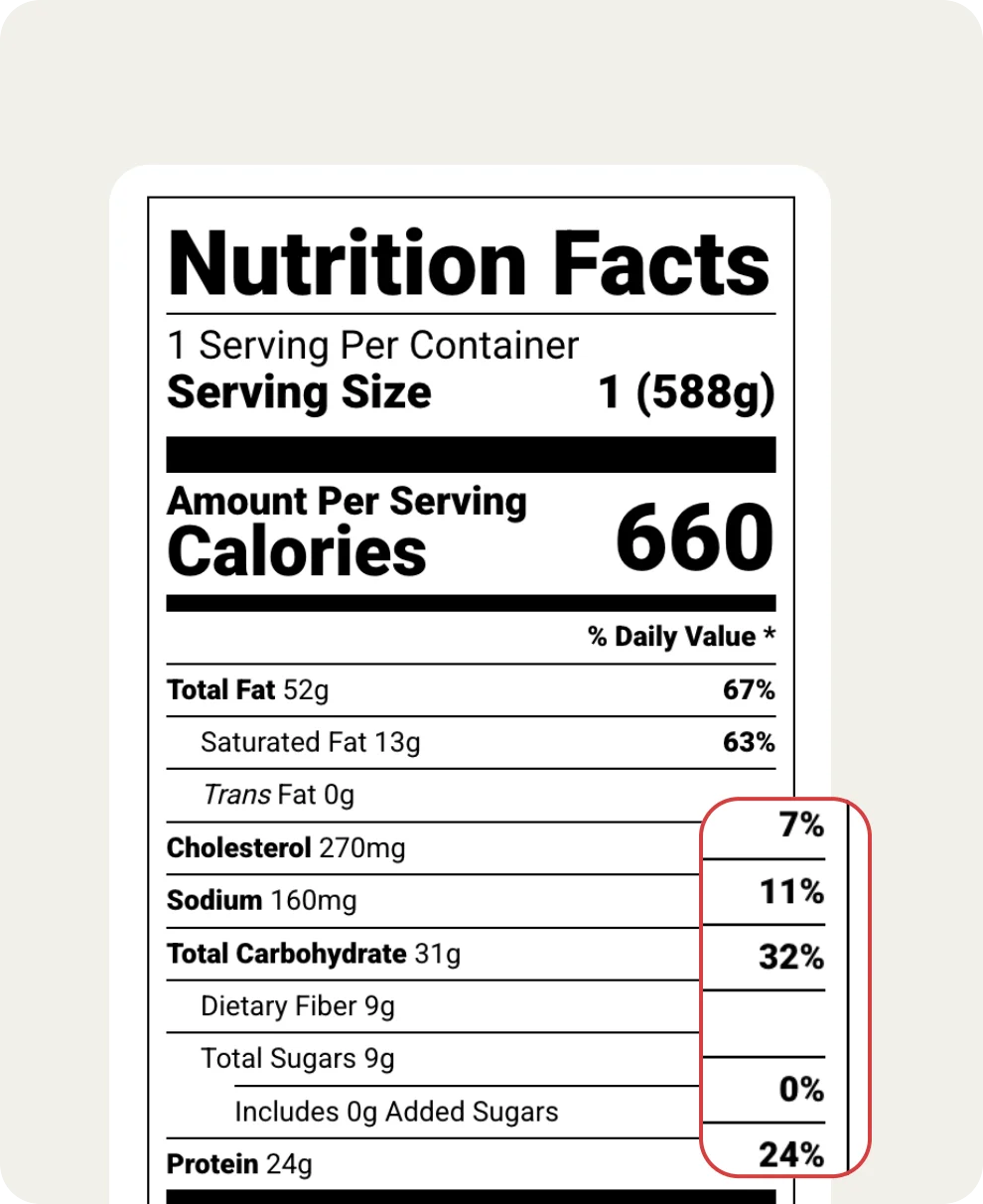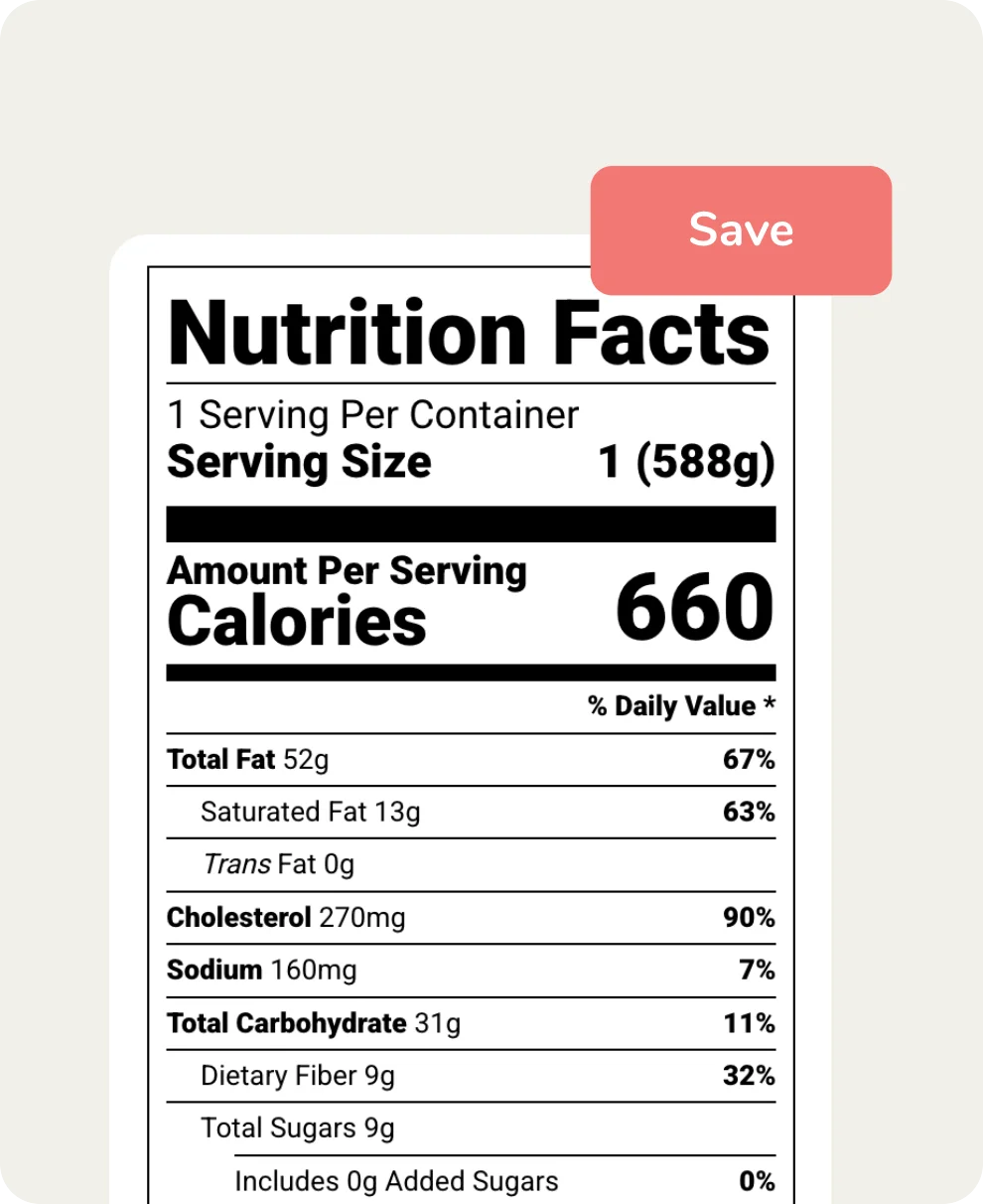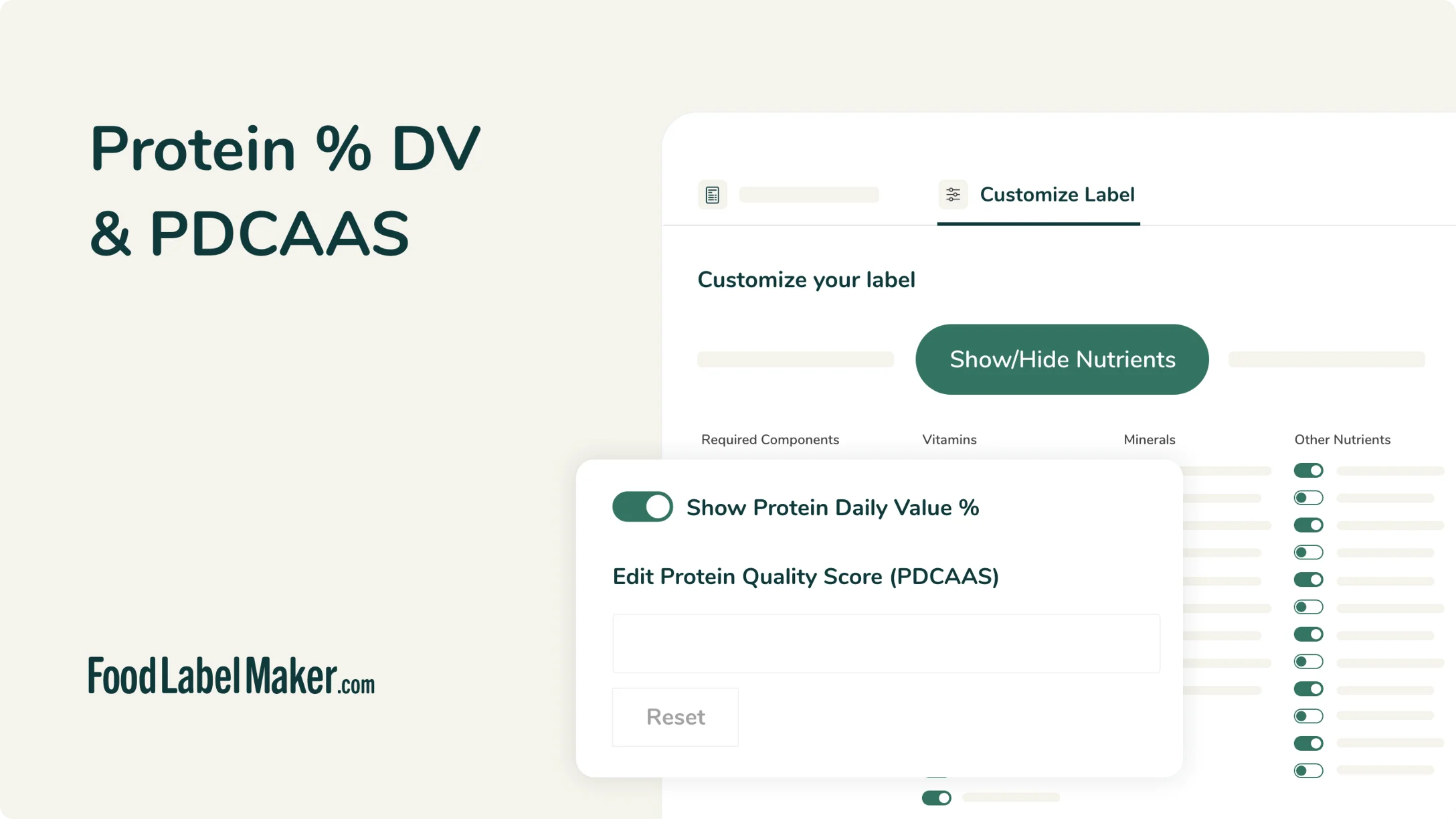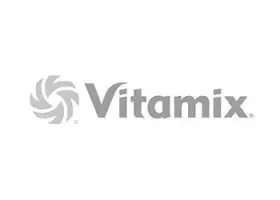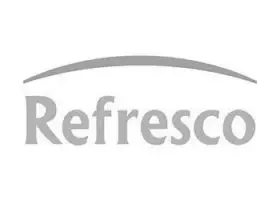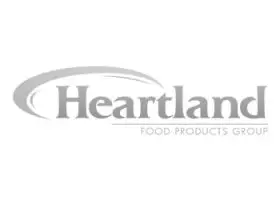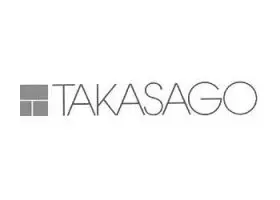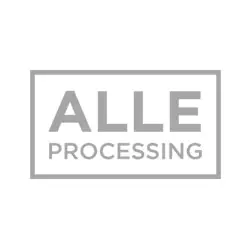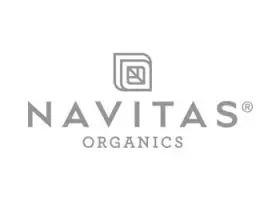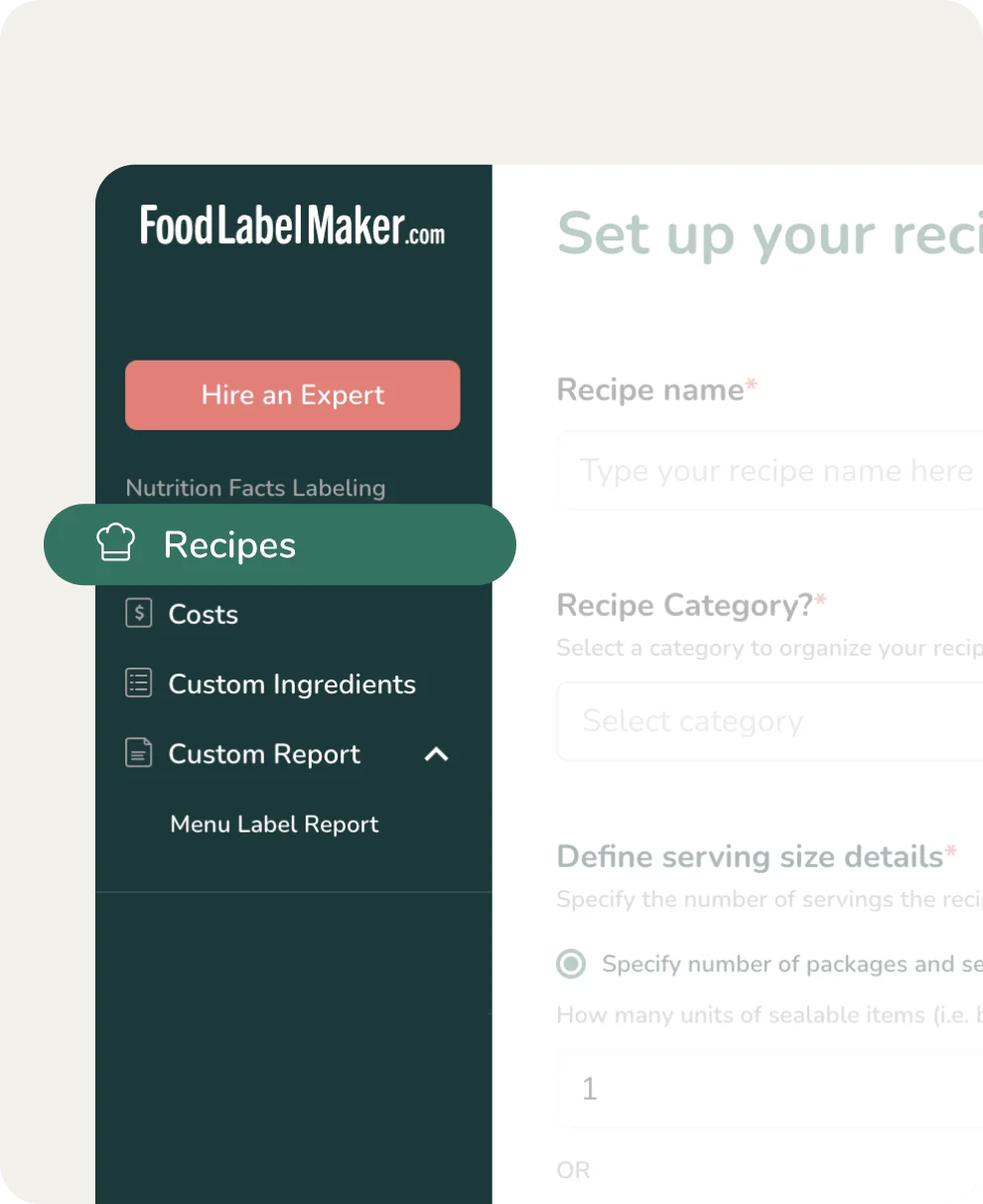
Protein Quality Adjustment
For regulatory compliance and consumer trust, manufacturers of protein powders, dietary supplements and other protein-rich products must ensure accurate protein quality using PDCAAS testing.
Protein quality measures a food’s ability to provide the 9 essential amino acids (EAAs) needed for human nutrition, growth, and maintenance.
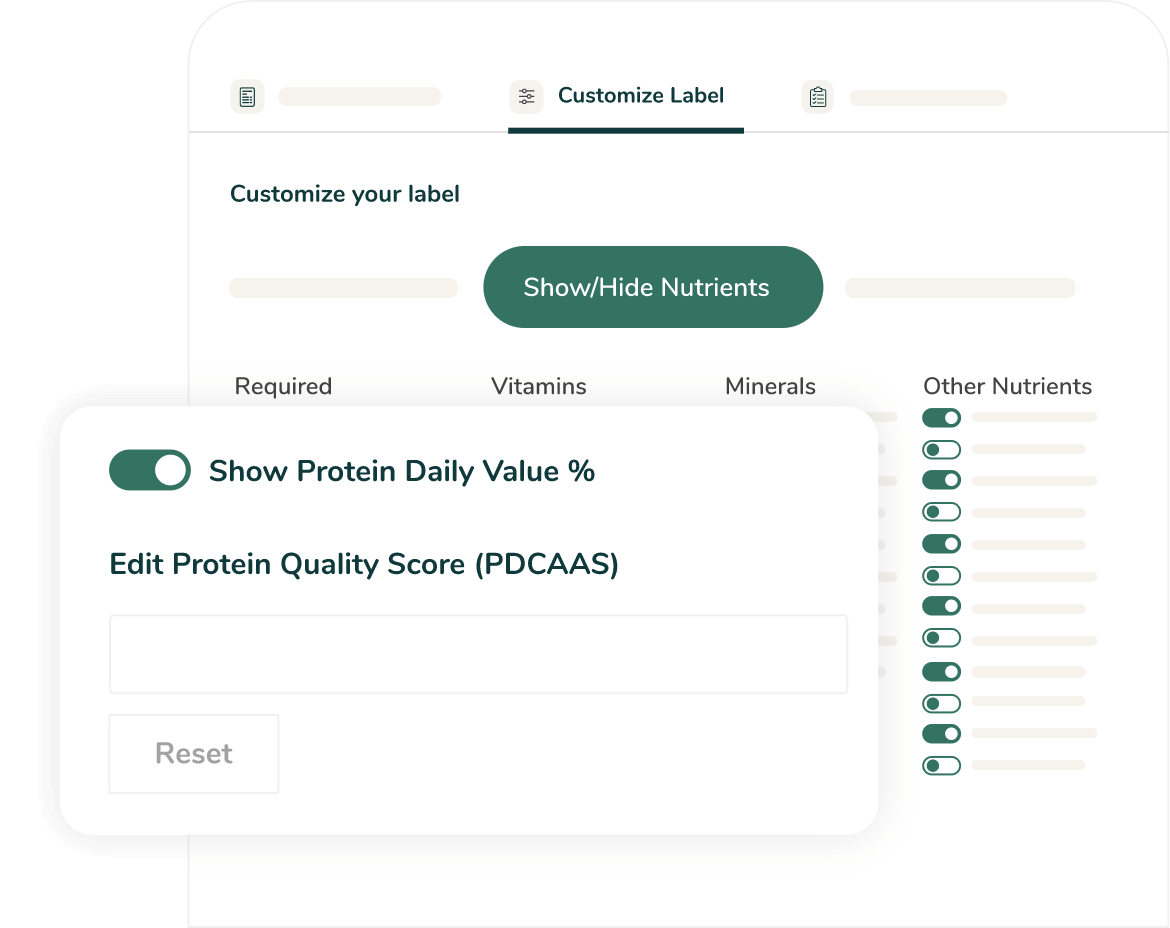
Key Benefits of Using Protein
Quality Adjustment Software
Displaying the % Daily Value for protein on nutrition labels is crucial for consumer awareness of their daily value and health goals. The Protein Digestibility Corrected Amino Acid Score (PDCAAS) is the official method for determining a food product’s protein quality.
Our Protein Quality Adjustment Software calculates this protein quality score by multiplying your PDCAAS score by the total protein per serving, ensuring market compliance.
Competitive Marketing Advantage
Create a new value proposition for your food product by highlighting its high-protein quality alongside its quantity. Confidently target consumers seeking to align their protein intake with lifestyle goals.
Instant & Automatic Calculations
In one step, you remove the possibility of human error by converting manual and time-consuming calculations into an efficient and automated process. You’ll also get accurate real-time adjustments of your protein Daily Value.
Better Meal Planning
With improved nutritional profiles, you can focus on optimizing recipes for high-quality protein sources. Our tool helps overcome the challenge of combining plant-based foods to meet essential amino acid requirements.
FDA-Compliant Protein Claims
To make protein claims on food labels, regulatory agencies like the FDA require scientific proof. The PDCAAS is the benchmark for this. Our Protein Quality Adjustment Score helps ensure regulatory compliance by providing the necessary data for claims like “Good source of protein,” “Excellent source of protein,” or “Extra Protein.”
For more information, read our blog: Nutrient Claims on FDA Food Labels Explained
Flexible Recipe Formulation
When rising costs or supply chain issues force manufacturers to change their ingredients, PDCAAS testing verifies that the product’s protein quality and label claims remain consistent and accurate. This helps maintain nutritional integrity and consumer trust.
How to Calculate Your PDCAAS Score Using Our Software
The first step is determining the Amino Acid Score, which you can obtain either through a lab analysis that performs amino acid profiling using HPLC (High-Performance Liquid Chromatography), or through the Food Label Maker Software using our in-depth Amino Acids Pattern Report.
Next, acquire the recipe’s protein digestibility score, often found through lab analysis. The final PDCAAS value is calculated by simply multiplying the Amino Acid Score by the protein digestibility score.
Hear What Our Clients Have to Say
Our tool’s Protein Quality Adjustment feature helps modern food brands accurately optimize their product’s nutritional profile, ensuring both consumer satisfaction and effortless regulatory compliance.
See how we’ve helped brands fine-tune their nutritional claims and build products that stand out in a competitive market.
About Us
We provide manufacturers and brand owners with the tools they need to go beyond basic labeling.
By simplifying and automating the process of protein quality adjustment, food enterprises can focus on creating high-quality protein products with compliant nutrition labels.
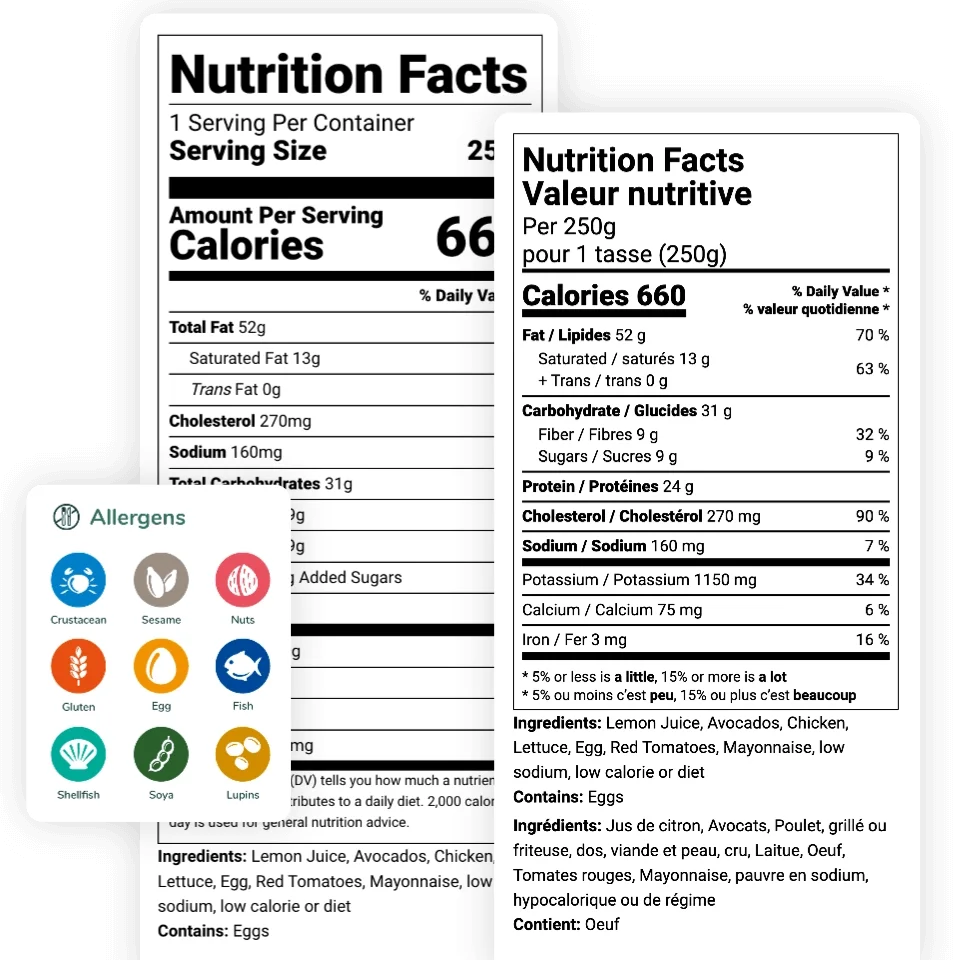
Optimize Protein Quality with Confidence
Frequently Asked Questions
About Protein Quality Adjustment
It’s important to achieve regulatory compliance for your protein-rich products.
According to the FDA, you must declare the daily value of protein if you are making any protein claims i.e. “High in Protein” or “Extra Protein”. It must also be declared if your product is intended for children under the age of 4.
Otherwise, declaring the daily value of protein is voluntary.
See how these declarations work by booking a demo with a nutrition expert.
PDCAAS stands for Protein Digestibility Corrected Amino Acid Score. This is a method used to calculate a food’s protein quality according to the Essential Amino Acids (EAA) available in it for digestion. The value ranges from 0-1 with 1 representing the highest protein quality and digestibility.
These nine Essential Amino Acids (EAAs), are fundamental sources of protein that cannot be made by the human body and must be obtained through food and diet.
Protein rich products like eggs and milk have PDCAAS scores of 1. Other products like wheat score closer to 0.
Understand more about PDCAAS scoring by booking a demo today.
To calculate your PDCAAS score, you’ll need to do a protein quality assessment through a lab analysis. You can also calculate it yourself if you have the relevant information such as grams of amino acids and % digestibility. To get a better protein analysis, research some common food products and their PDCAAS scores.
For more details, read our blog: PDCAAS Scoring and Protein Analysis in Food Product Development
Your next step is to ensure your food labels are accurate and compliant with a correct PDCAAS score and Daily Protein Value %. Book a Demo or view our pricing plans today to get started.

